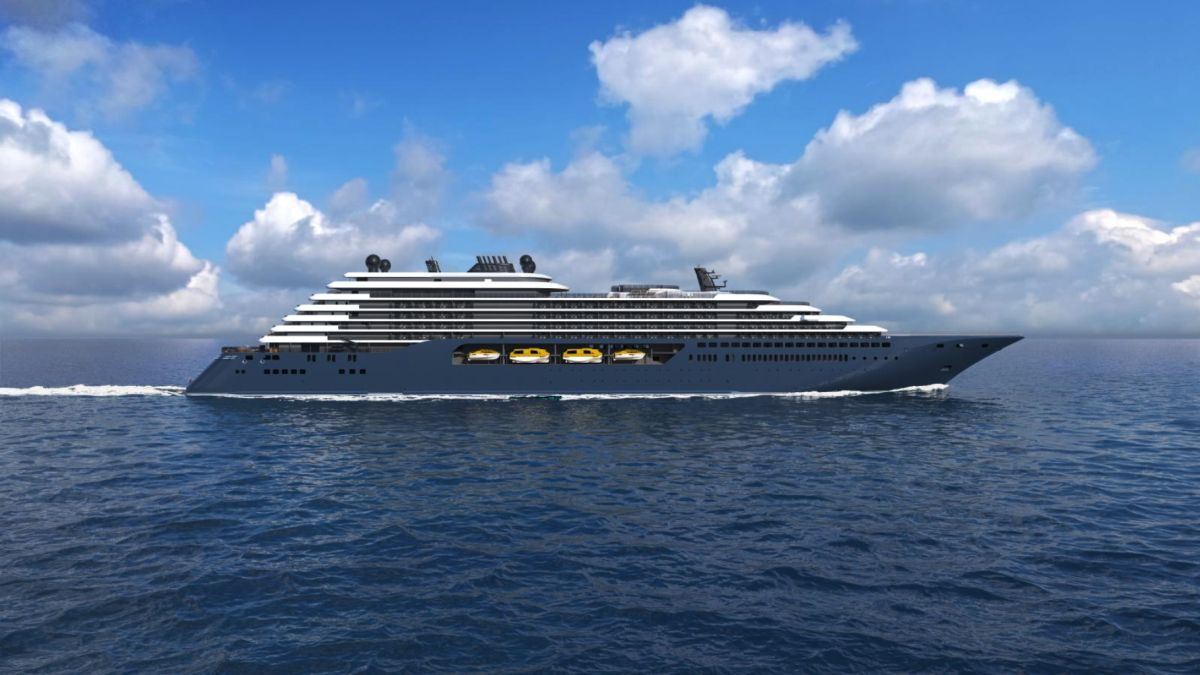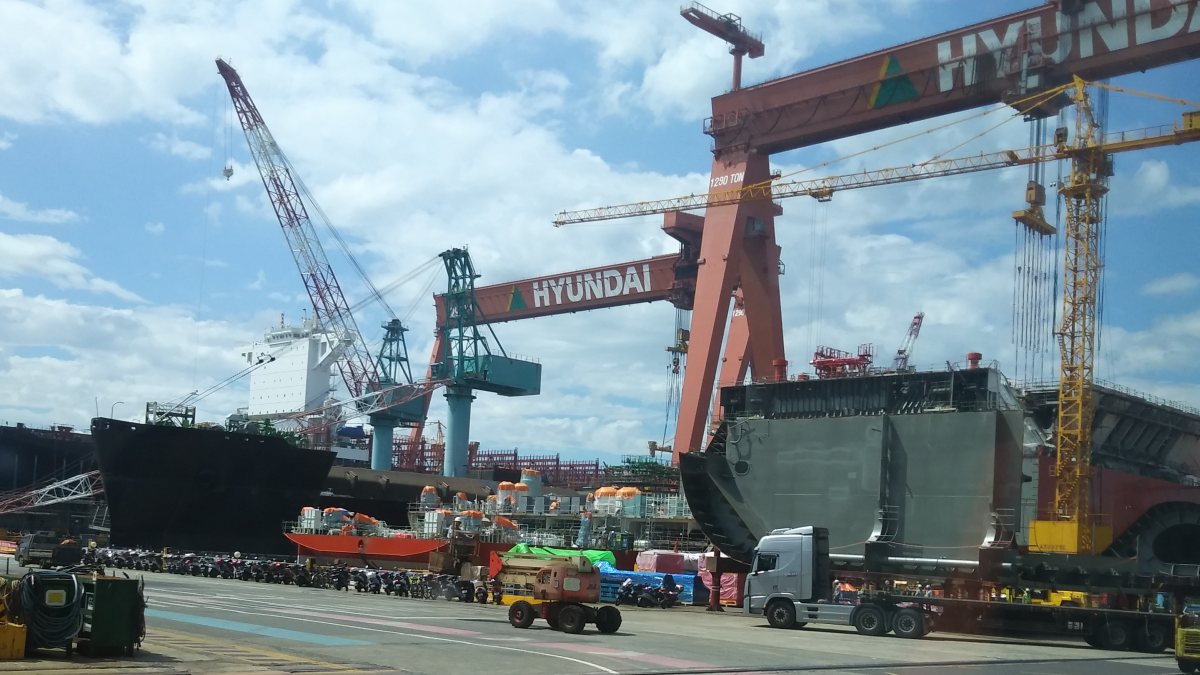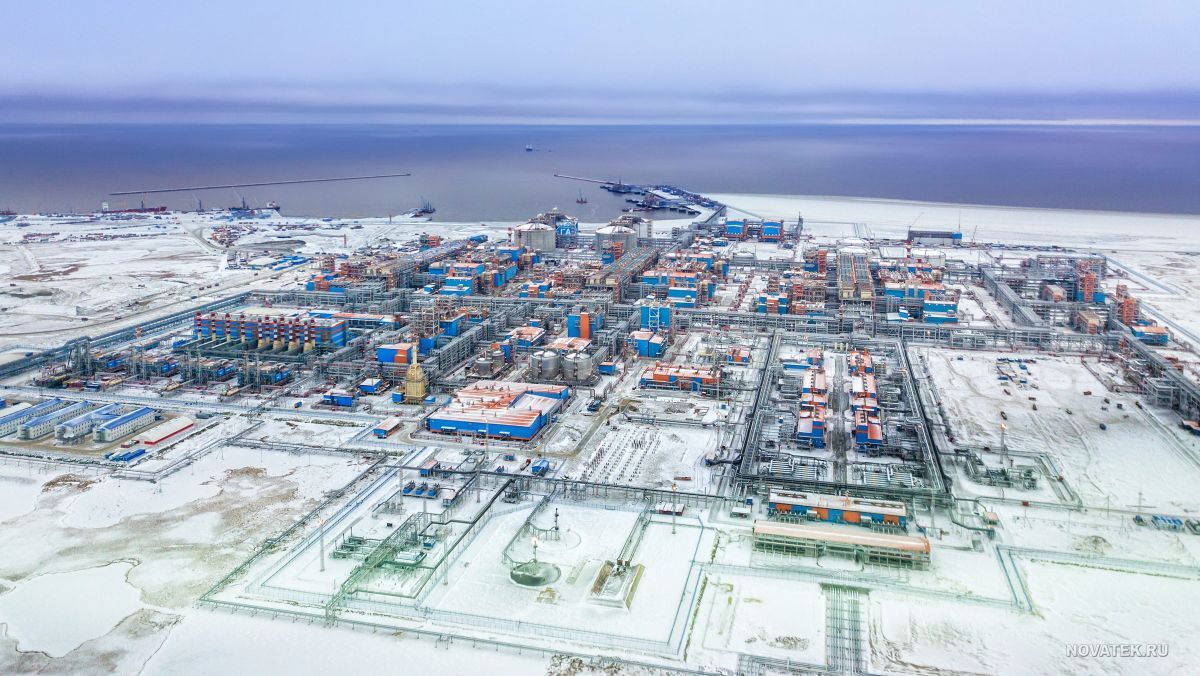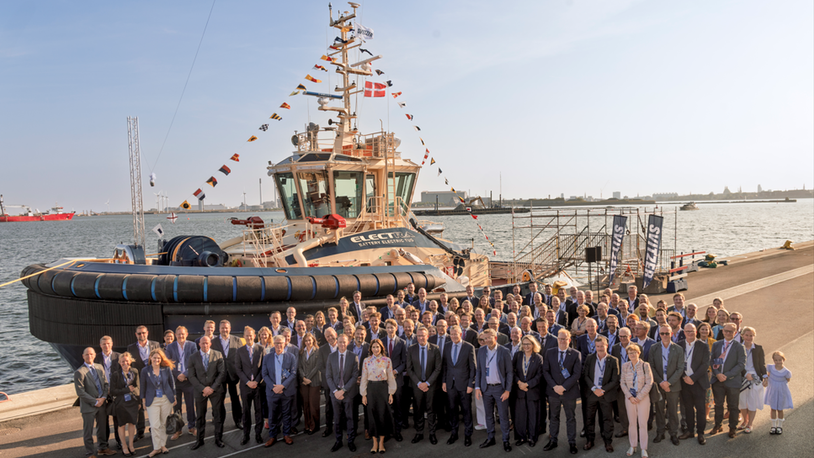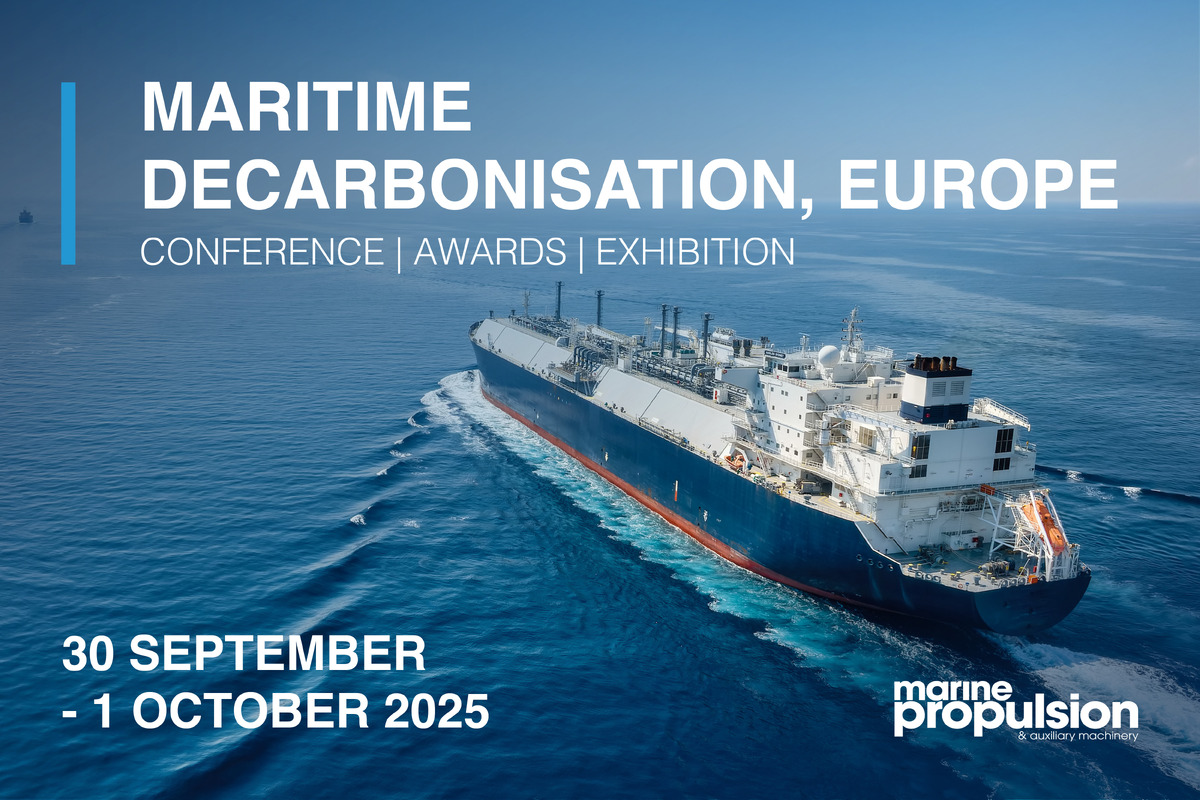Business Sectors
Events
Contents
Register to read more articles.
Ritz Carlton Yacht Collection reports on energy efficiency study
Ritz-Carlton Yacht Collection vice president of newbuild, Tobias King, explains the benefits of an evaluation study it carried out on its newest yacht
The Ritz-Carlton Yacht Collection has carried out an evaluation study of ABB’s Dynafin propulsion, allowing it to reap the benefits of the energy efficiency it offers.
The Ritz-Carlton Yacht Collection vice president of newbuild, Tobias King explains, “We saw this as a great opportunity for us to contribute to developments that improve energy efficiency and thereby reduce the carbon footprint of our industry. With the Dynafin concept, we see potential benefits linked to manoeuvrability, position keeping, reliability and improved comfort for our passengers.”
ABB’s Dynafin, launched in May last year, is an electric podded propulsion system that takes inspiration from whale movements which can achieve open water propulsive efficiency of up to 85% and reduce fuel use and emissions by more than 20% compared with conventional propellers, according to its architects.
The ABB Dynafin is inspired by the effortless movement of humpback whales. ABB Marine and Ports global commercial manager Tuomo Salmi says, “The whale tail is core; this whale tail motion is proving to be a very efficient way to move in the water. The job of ABB Dynafin is to imitate this as well as possible, to generate thrust at reduced power in comparison with traditional propellers.”
Its signature feature is five individually pitch-controlled blades projecting from the ship hull. Sophisticated control of each blade via an electric motor and converter enables the optimal ‘whale tail’ motion during each revolution. This, says ABB, overcomes both the limitations of conventional fixed-pitch propellers and mechanically restricted cycloidal propellers.
Each ABB Dynafin blade acts as the point on a rolling circle. As the main rotor spins, each blade orbits around the central axis and can also pitch and move within that orbit. This combined motion creates a perfect, optimised pathway for each blade tip that generates thrust very efficiently, mimicking how the flukes of whale tails produce propulsion and lift.
The Ritz Carlton Yacht Collection’s contribution to the evaluation study carried out with ABB was to provide input for a case study and to participate in validating results. The cruise operator provided the hull shape and all technical details for its newest yacht Ilma, which was used for the study. It also provided ABB with direct access to relevant technical and operational experts from its team, to ensure its operational data and assumptions were fed into the development of the business case, thereby making it as “realistic as possible for future application,” says Mr King.
Reflecting on the key takeaways, Mr King says, “We have learned this technology is very promising when it comes to energy efficiency and reducing the carbon footprint of our industry. As the project develops and we pull in learnings from real life operational situations, we are increasingly confident in the benefits the technology may provide when it comes to maintainability and manoeuvrability.”
Asked about challenges, he says, “Not so much a challenge, but this prototype was on a hull that is designed for conventional pod propulsion. We believe the technology can be even more impactful if it is considered early in the hull design, meaning we design the hull to maximise the benefits of the propulsion system.”
Mr Salmi explains the main objective was to showcase how the technology can be applied in a cruise ship and the benefits for the cruise ship owner.
The scope of the study – which started at the end of last year and has now finished – was to identify how propulsion efficiency with ABB Dynafin can impact the power system of the ship from the propeller to the fuel tank line up on board.
He says, “We had a look at what benefits there may be on the upper decks, on the revenue side of the ship, especially with the space savings the ABB Dynafin is able to generate for the propeller-fuel tank line up. In general, ship-powering technology and fuel storage takes up quite a lot of space, which in this case [of the cruise vessel] is LNG. When you need less power to propel the ship, you can have smaller systems and less fuel on board which releases space for more valuable activities like guest spaces or cabins.”
The study has reaped impressive results. Mr Salmi says from the base case, ABB Dynafin reduced needed propulsion power by 12% based on the estimated operational profile, or 710 tonnes of LNG in a year.
Looking to the future and what this propulsion means for the cruise sector, Mr King says, “We believe it is just a matter of time before this technology enters our industry, most likely for the smaller cruise ships and yachts in the beginning, and that we can start benefiting from its advantages.”
Mr Salmi sums up, “We have been working on this propulsion for a decade. ABB Dynafin expands our offering and supplements our propulsion offering to customers. It is a good fit for customers moving towards net-zero operations.”
Riviera’s Maritime Decarbonisation Conference, Europe 2024 will be held in Amsterdam, 24 September 2024. Click here for more information on this industry-leading event.
Related to this Story
Events
Maritime Decarbonisation, Europe: Conference, Awards & Exhibition 2025
Offshore Support Journal Conference, Americas 2025
LNG Shipping & Terminals Conference 2025
© 2024 Riviera Maritime Media Ltd.


